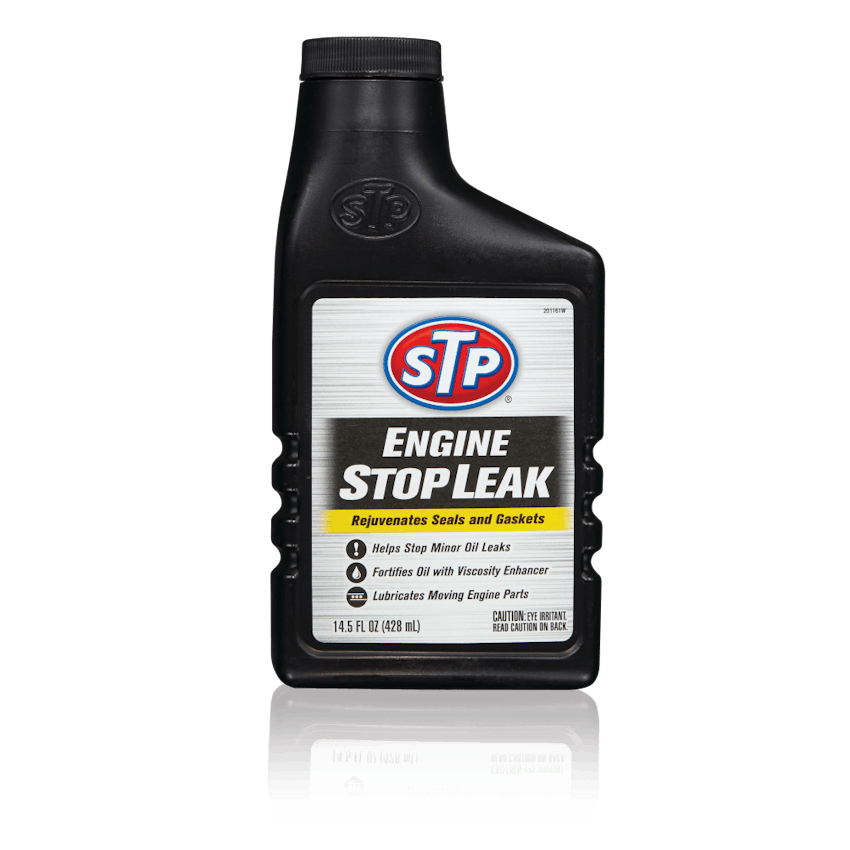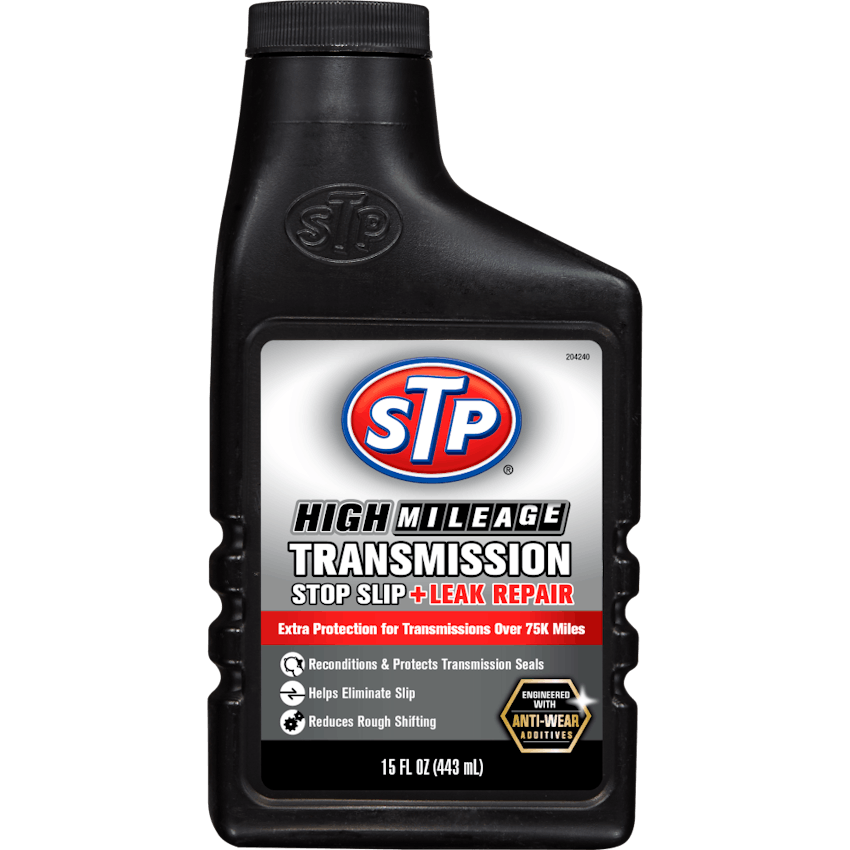Brake and Power Steering Fluid
Brake fluid is primarily a glycol ether with a corrosion inhibitor package. The glycol ether must be stable (i.e., not boil) when subjected to the heat generated at the brake rotors – the corrosion inhibitor prevents corrosion in the system. The corrosion inhibitors become depleted over time; therefore, you should keep an eye on them. Most vehicle manufacturers recommend changing the fluid once every two years, but we recommend checking your owner’s manual to confirm.
The brake system needs this working fluid to transmit pressure to all four wheels to apply the brakes. Beyond that, it must have a very high boiling point so that it doesn’t boil and turn into vapor at the high temperature at which it must operate. As the brake pads wear down, the fluid level in the reservoir drops. The fluid level should be checked at every oil change and topped off as needed.
Power steering fluid is a hydraulic fluid used to transmit the power steering pump pressure to the modern steering rack, or to the steering box (worm-and-sector). Minor leaks can cause a drop in the fluid level; therefore the fluid level should be checked and topped off at every oil change. If your power steering system is losing fluid due to worn or shrunken seals, you can use STP® Power Steering Fluid & Stop Leak













